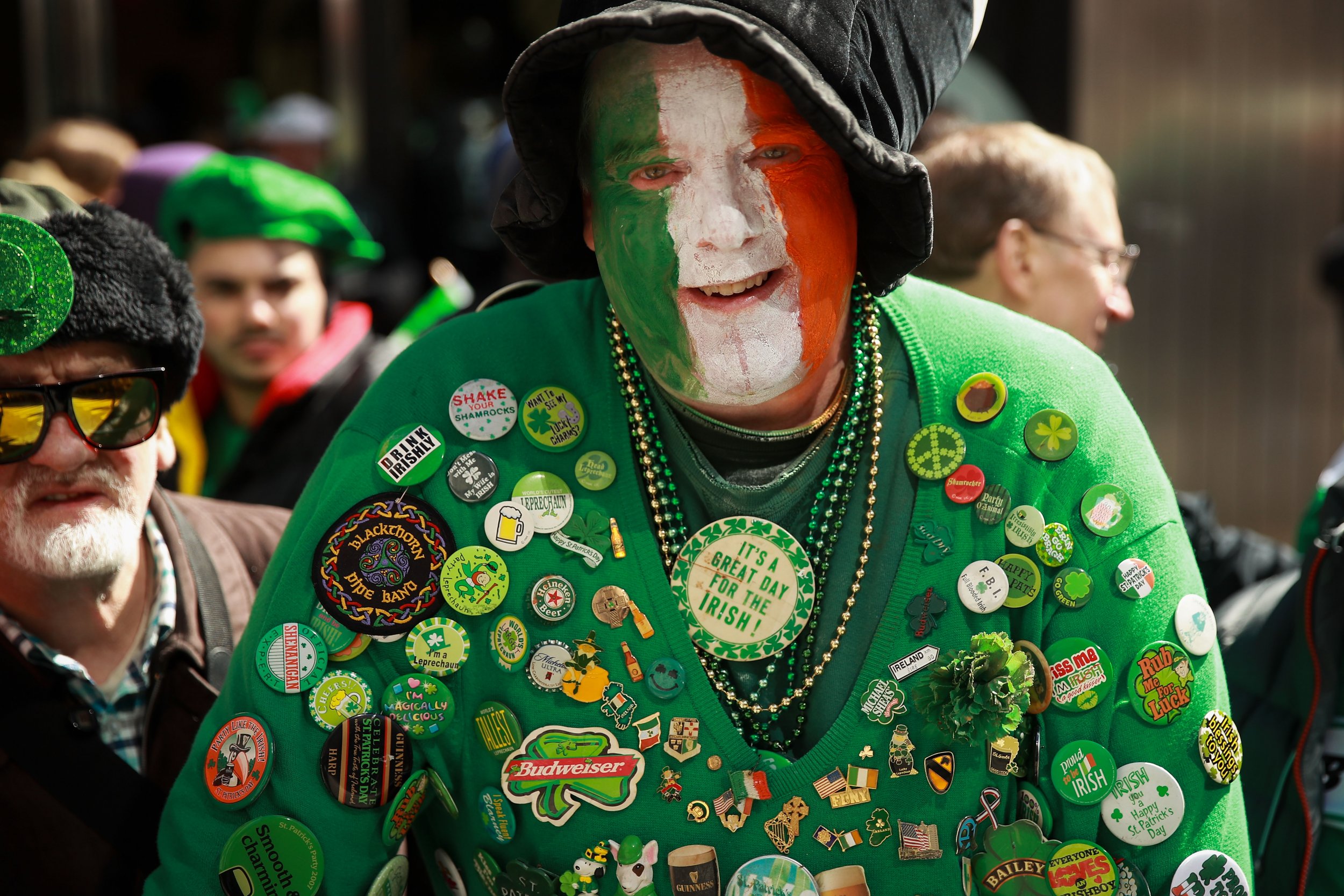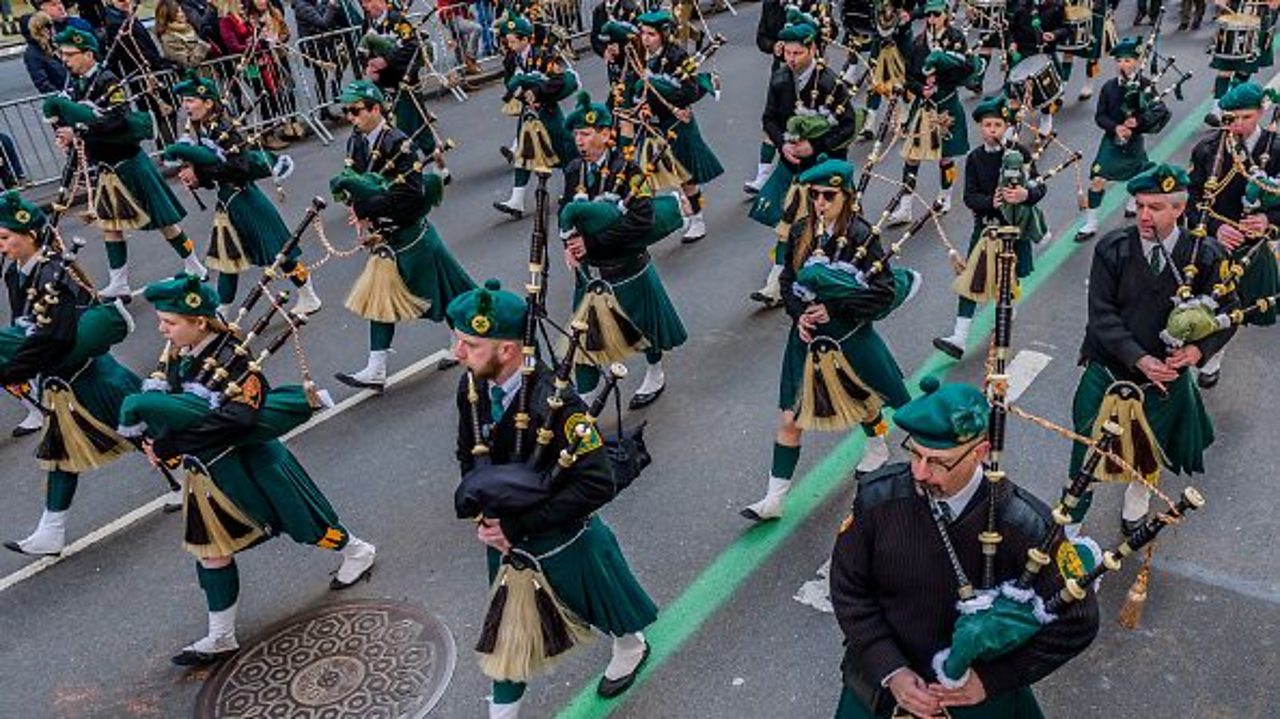Gallery
Photos from events, contest for the best costume, videos from master classes.
 |  |
 |  |
 |  |
 |  |
 |  |
 |  |
St. Patrick’s Day, celebrated on March 17 each year, is known for its parades, shamrocks, and a whole lot of green. It’s a day when people around the world embrace Irish culture — whether they have Irish heritage or not. But behind all the revelry, St. Patrick’s Day has a deep and fascinating history that goes far beyond the modern celebrations. Some of the traditions we associate with March 17, believed to be the day of Patrick’s death, was designated as a feast day in his honor. Over time, St. Patrick’s Day grew from a religious observance to a global celebration of Irish culture. Practical Implications of Saint Patrick’s Life. Patrick’s life offers practical lessons for Christians today: This is an accepted version of this page This is the latest accepted revision, reviewed on 11 March 2025. Cultural and religious celebration on 17 March For other uses, see Saint Patrick's Day (disambiguation). Saint Patrick's Day Saint Patrick depicted in a stained-glass window at Saint Benin's Church, Ireland Official name Saint Patrick's Day Also called Feast of Saint Patrick Lá Fhéile The evolution of St. Patrick’s Day - why we celebrate The way the national holiday is celebrated has changed a lot over the years. In partnership with. 1-800-Flowers.com. Mar 11, 2024. Every year on March 17, people around the world celebrate Irish heritage on St. Patrick's Day—named for the patron saint of Ireland, pictured here on a stained glass window in Clogheen. St. Patrick’s Day is a global celebration of Irish culture that takes place annually on March 17, the anniversary of the patron saint of Ireland's death in the fifth century. The holiday has NEW YORK (AP) — If it’s March, and it’s green, it must be St. Patrick’s Day. The day honoring the patron saint of Ireland is a global celebration of Irish heritage. And nowhere is that more so than in the United States, where parades take place in cities around the country and all kinds of foods and drinks are given an emerald hue. In celebration of Irish culture, people worldwide come together to mark St. Patrick’s Day on March 17. St. Patrick’s Day, sometimes also known as the Feast of St. Patrick, is the anniversary of the death of St. Patrick, a patron saint of Ireland. It is one of many days and feasts named after Catholic saints over the years. Saint Patrick's Day Parades: Contrary to popular belief, this tradition did not originate in Ireland. The first St. Patrick's Day celebration in America was in 1737 hosted by the Charitable Irish Society of Boston. That is why Saint Patrick's day is celebrated on March 17th. Some people suggest he was also born on 17 March. The clans of Ireland began to bicker over who should receive the honour of having his final resting-place on their land. Although we typically celebrate St. Patrick's Day with a focus on Irish culture and heritage rather than its religious significance in America, the holiday has Catholic roots. So yes, St. Patrick's Day is a religious public holiday in Ireland and has been for over 1,000 years. Whether you celebrate Ireland's national holiday or use it as an excuse to have a few adult beverages, it seems everyone celebrates St. Patrick's Day. This year, Monday, March 17, 2025, is Saint Saint Patricks days is likely no different. What makes Saint Patricks day so popular is because it is an Irish feast. It was mostly celebrated in Ireland and celebrates a saint with a very Irish origin story. So when lots of Irish fled to America they connected with their identity and their fellow Irish by celebrating Saint Patricks day. NEW YORK — If it’s March, and it’s green, it must be St. Patrick’s Day. The day honoring the patron saint of Ireland is a global celebration of Irish heritage. And nowhere is that more so St. Patrick’s Day is not only a day to celebrate the life of St. Patrick but also an opportunity to embrace Irish culture and communal identity. As Irish immigrants began to populate other countries, especially in the United States, St. Patrick’s Day evolved into a broader celebration that transcends borders. Saint Patrick’s Day, feast day (March 17) of St. Patrick, patron saint of Ireland. People of that country celebrate the day with religious services and feasts, but Saint Patrick’s Day has transformed into a largely secular holiday of revelry in other parts of the world. Unfortunately it fails to recognize its real origin in doing so. The actual reason St Patrick's Day was celebrated so fiercely by the Irish, in Ireland, prior to any "Boston Elites" etc was because since 1641 there is a dispensation that the prohibitions incurred by Lent don't apply during that particular feast day. Monday, March 17 is St. Patrick's Day, celebrating all things Irish in the U.S. and around the world. Cities celebrate with parades, bar crawls and more. If you’ve ever wondered who Saint Patrick really was or why people around the world wear green on March 17, you’re not alone. Many celebrate St. Patrick’s Day with parades, festivals, green clothing, and maybe a pint of Guinness—but the history behind the day is both fascinating and inspiring. St Patrick’s Day around the world. St Patrick’s Day is widely recognised throughout the United States as a celebration of Irish and Irish-American culture. The biggest St Patrick’s Day parade in the world is in New York City. Elsewhere in the States, the Chicago River is dyed green with an eco-friendly powder, an event that dates back to
Articles and news, personal stories, interviews with experts.
Photos from events, contest for the best costume, videos from master classes.
 |  |
 |  |
 |  |
 |  |
 |  |
 |  |